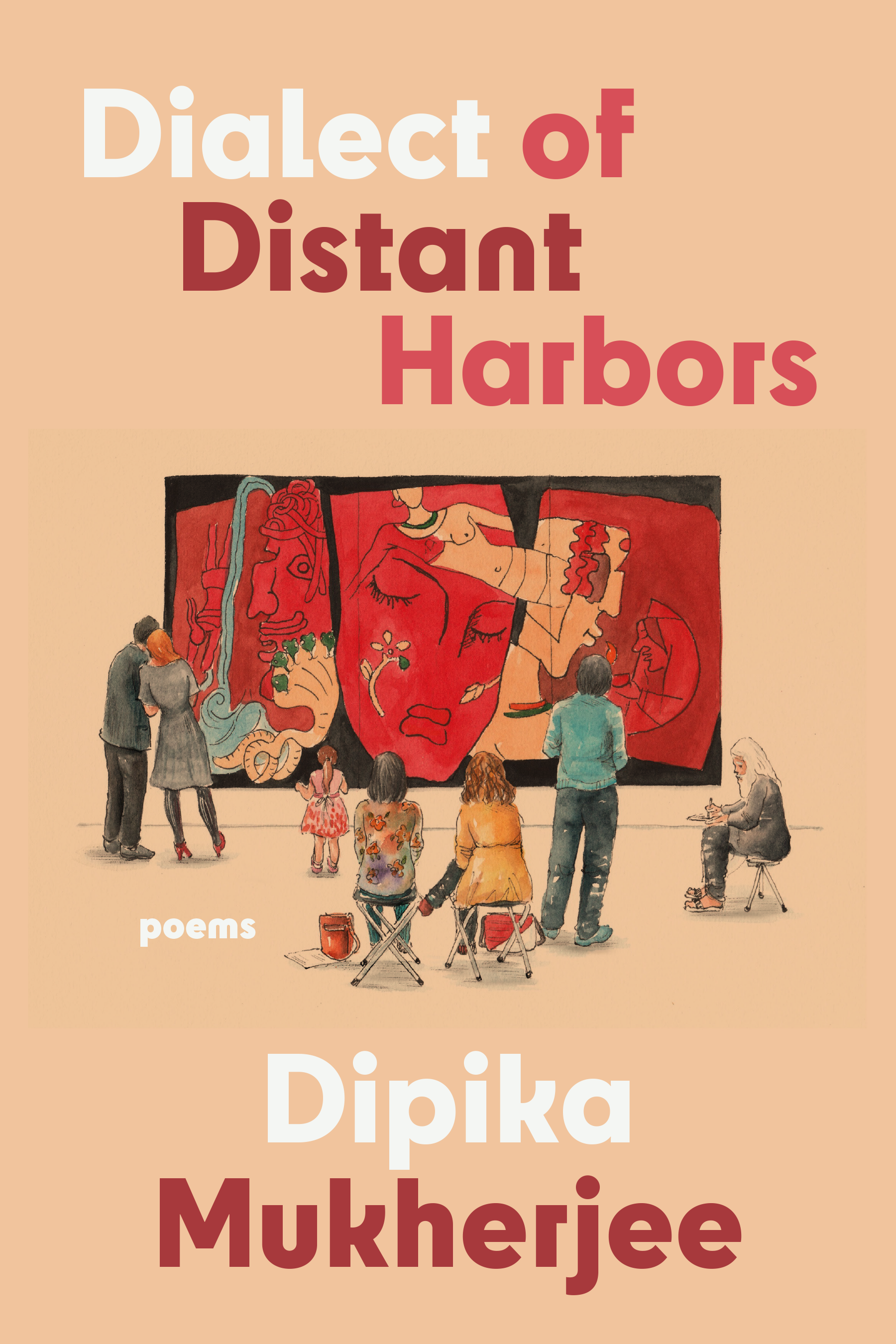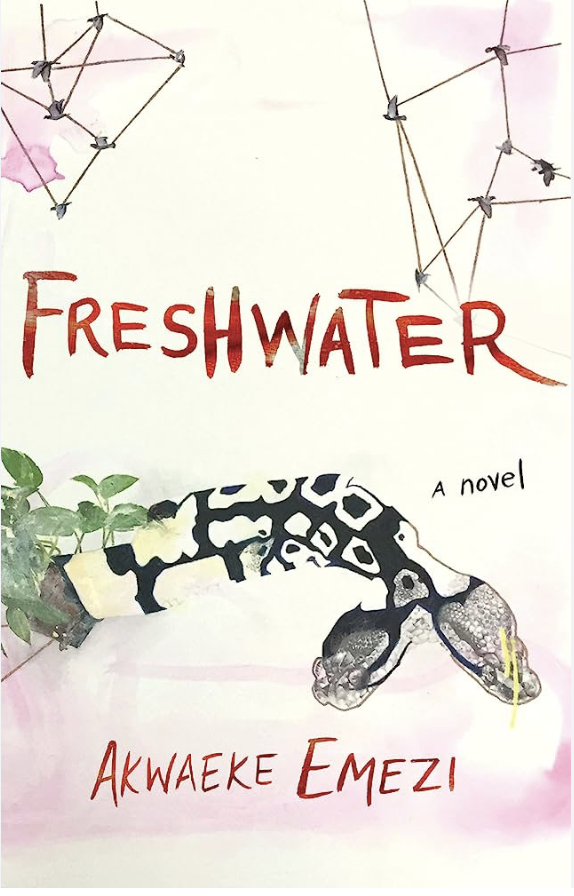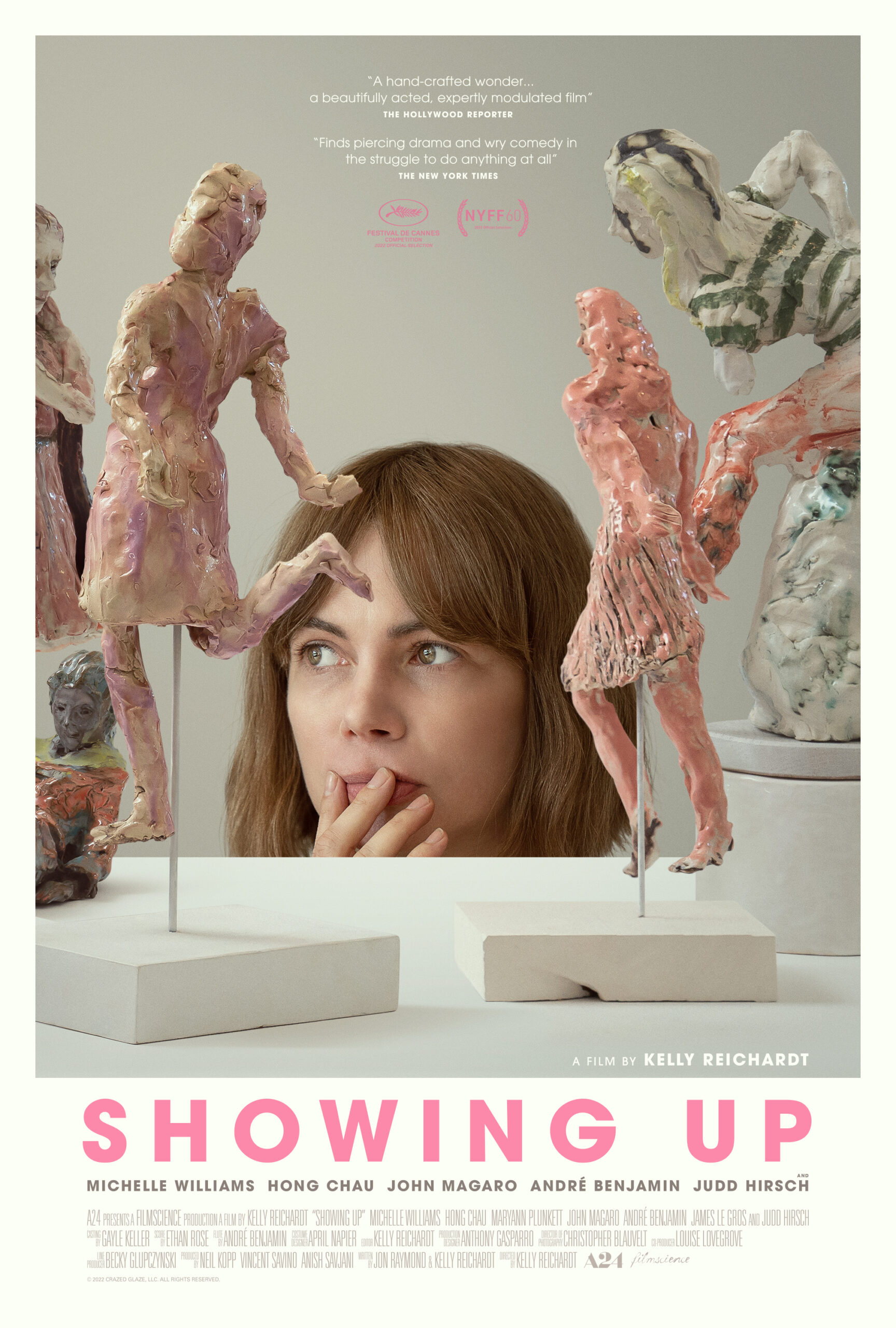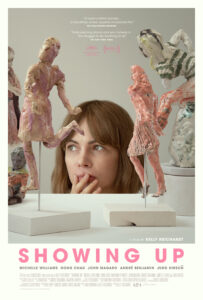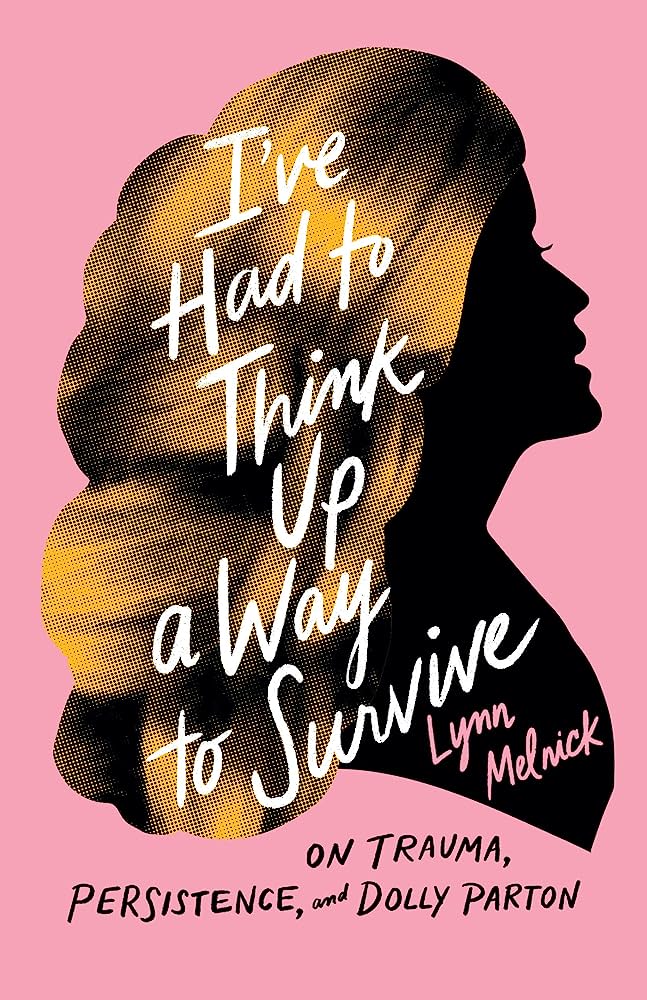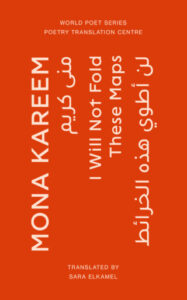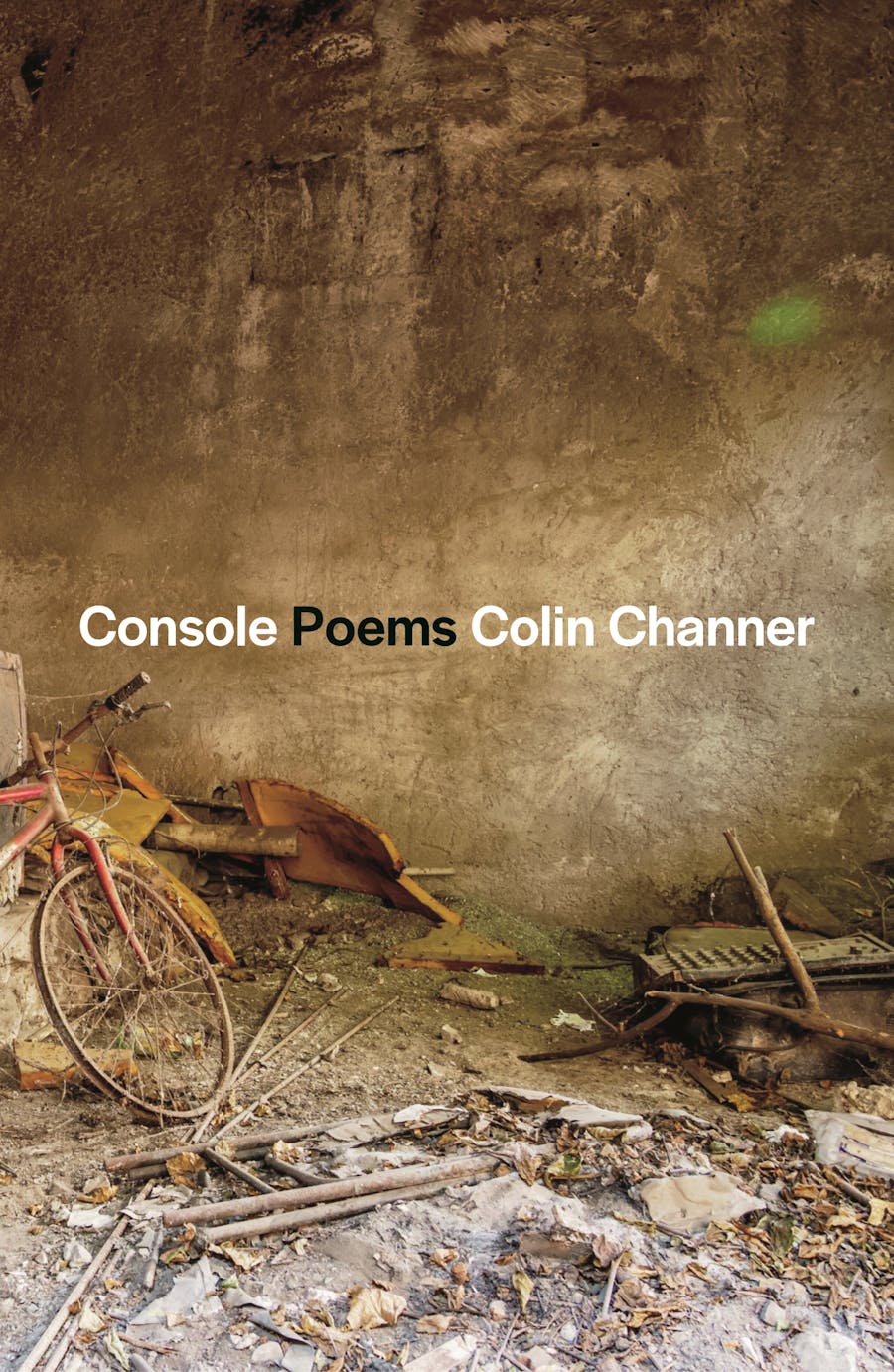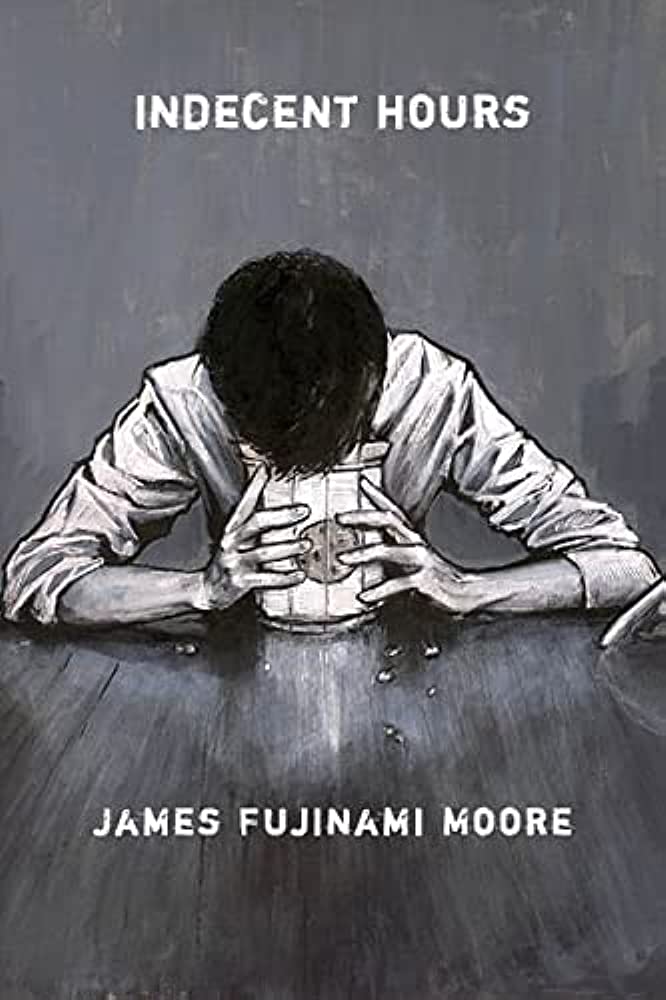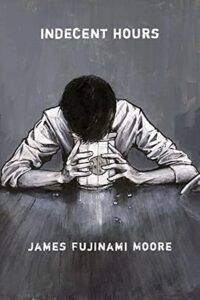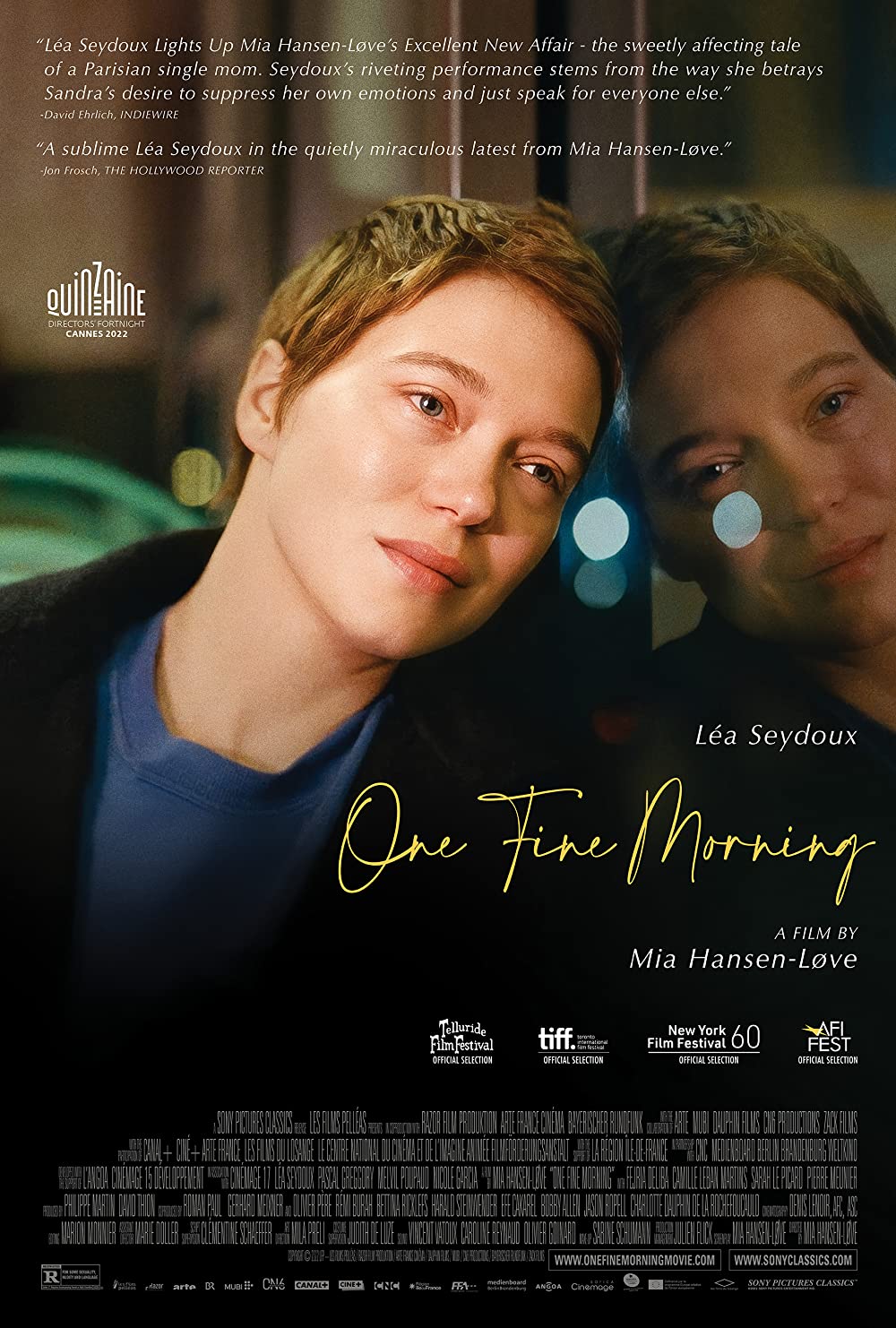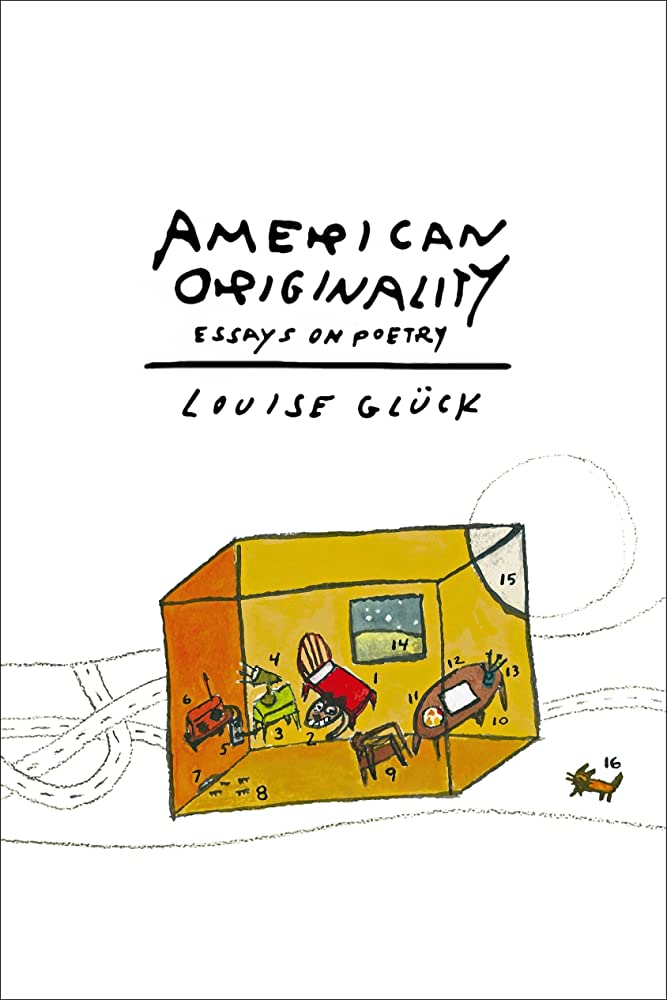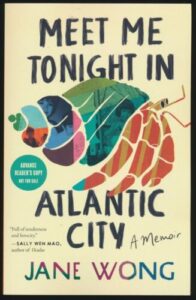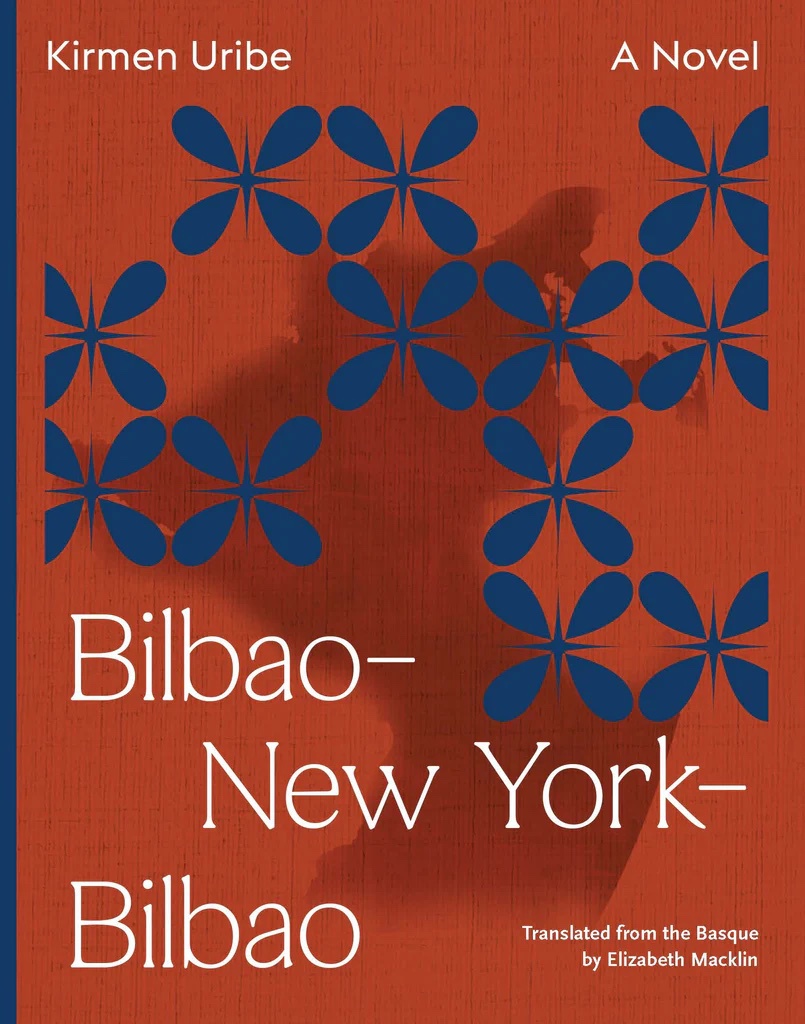By DIPIKA MUKHERJEE
Reviewed by LYNNE MCENIRY

“Tell me the landscape in which you live and I will tell you who you are,” suggests philosopher José Ortega y Gasset. Based on her collection Dialect of Distant Harbors, Dipika Mukherjee would agree, I believe, but “landscapes” here would have to be plural, because in addition to geographical landscapes, these poems embrace multiple settings, languages, weather, generations, relationships, and traditions and rituals, both spiritual and secular. Through experiences both lived and dreamed, her poems invite the reader to discover beauty, danger, and heartbreak by exploring new worlds and revealing heart-stopping moments of intimacy. The harbors she describes are distant but never forgotten, both welcoming and estranging.
Although they are not named or numbered, we can see by the choice of extra spacing between each group of five to seven poems in the table of contents that Mukherjee has created seven sections for this collection. Throughout the book, each section is separated by a graceful lotus mandala, similar to those that adorn sacred texts and women’s hands hennaed for special occasions. These seven symbolic pauses serve as a constant reminder of the overarching message of healing, resilience, and rebirth in all the poems carefully gathered here. They also invite the reader to pay special attention to seven central themes: generational roots, the misogyny and physical torture women suffer, the passing of time, the horrific violence of racial and cultural hate, mortality, migration and exile, and the value of travel.
